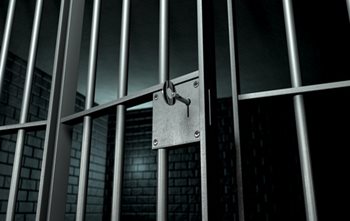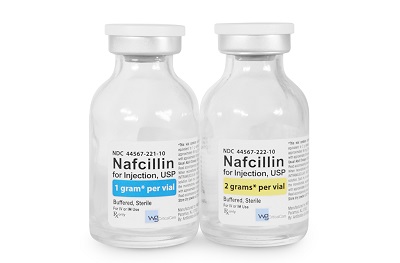.jpg?width=360&height=240&resizemode=force)
Corrections Program Helps Heroin Addicted Inmates Get Clean
"I was like, 'I'm done. No more,'" he said, recalling his vow to stop using the street drug after the near-fatal episode in 2014.
But he wasn't done with heroin.
Pries, 25, said he started using again a few weeks after he was released from the hospital. And in 2015, he OD'd a second time. He passed out in a parking lot on International Drive, foaming from the mouth after shooting up in a tattoo shop toilet. He vowed to stop again but failed again.
"This'll be my best shot," Pries said last week in an interview at the Orange County Jail, where he is among 144 inmates who volunteered to enroll in a pilot project for incarcerated heroin users. "Every time I've been locked up, it's been because of drug use. But quitting, it's hard on your own ..."
The program, recommended by the Orange County Heroin Task Force, will link him to addiction counseling, treatment after jail and therapy that includes a once-a-month injection of Vivitrol, a brand-name form of naltrexone. The non-addictive drug blocks the euphoric effects of heroin.
"If you try to shoot up, you won't feel anything," said Christopher Hunter, an emergency room doctor and county director of health services.
The heroin task force also recommended expanding access to naloxone for its immediate life-saving abilities. But Vivitrol more effectively fights addiction than naloxone, the drug that has been used to revive addicts in the throes of an overdose.
"What we need to do is find ways to get people into more long-term treatment to stop the cycle of addiction," Hunter said, saying that Vivitrol greatly improves a heroin addict's chances to stay clean. "It would be just as easy otherwise for them to go back to where they were."
To read the full Orlando Sentinel and watch a video of Jeremy, Click Here

